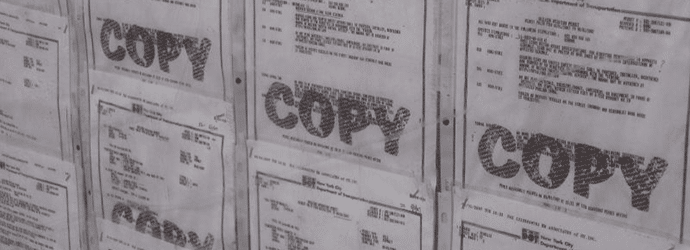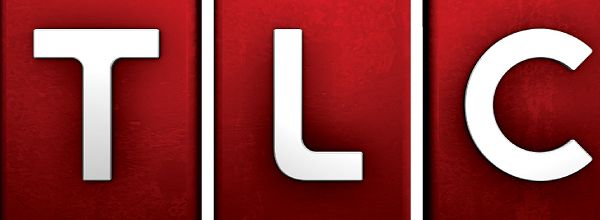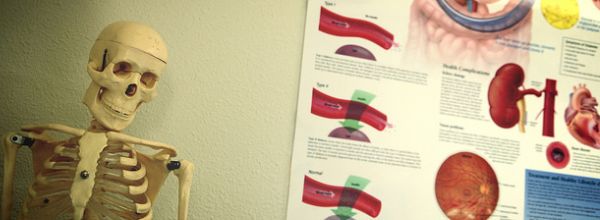With the NanoDrop spectrophotometer, quantifying a DNA, RNA, or protein sample concentration is as easy as a click of the pipette, a push of a button, and a dab of tissue to clean up.
Here’s what you need to know about the strengths and limitations of this handy spec, and a quick guide on how to use it.
What Is the NanoDrop?
A NanoDrop spectrophotometer is a common lab instrument that can measure the concentration of DNA, RNA, and protein in a 2-µL drop on a pedestal.
Such a small sample volume means less prep and cleanup time and enables you to measure several samples in under a minute compared to using a traditional 1-cm cuvette.
Concentration values are reported in ng/µL for DNA and mg/mL for proteins.
Remember: 1 ng/µL = 1 µg/mL = 1 mg/L
So, the NanoDrop spectrophotometer is perfect for most lab applications.
Even better, if you’re quantifying more than 96 samples at once for (say) microarrays, genotyping, or to send off to an external facility, the NanoDrop 8000 and Eight models can read up to 8 samples simultaneously!
How to Use a NanoDrop Spectrophotometer
Let’s take a step back a moment.
It’s commonplace for labs to start processing their sample sets then ship extracted DNA, RNA, or protein to a colleague or core service.
Being able to consistently verify the yield and purity of your own samples is an easy yet fundamental skill to master.
So whether you are about to embark on your first sample check, hundredth or more, here’s how to do that with a NanoDrop spectrophotometer:
- Open the software to which the NanoDrop spectrophotometer is connected.
- Select your desired application (DNA, RNA, or protein).
- Gently lift the hinged arm that’s hanging horizontally on the instrument.
- Notice a small dark spot; it’s the pedestal on which you’ll place your sample.
- Gently clean and buff the pedestal with a lint-free wipe.
- Pipette 1-2 µL of your blanking solution.
- Gently lower the arm.
- Click “Measure blank.”
- Lift the arm and wipe clean with a lint-free wipe.
- Repeat steps 6 through 9 replacing the blanking solution with sample.
It’s simple enough, especially after the first few goes.
If you’re reticent to touch the instrument then just ask an experienced lab member. Trust me, people will happily give up five minutes of their time rather than deal with a broken instrument.
Tell Me the Source: DNA, RNA or Protein
The NanoDrop spectrophotometer does an excellent job at measuring across a wide spectrum that spans UV and visible light.
It can’t, however, automatically determine that the sample on the pedestal is DNA, RNA, or protein. You have to tell the software this information before taking measurements so it can report an accurate concentration.
Though if you happen upon a circumstance where you’ve measured half of your RNA samples at the default setting (DNA for us) you can start over again by rereading each sample at the correct software setting.
Alternatively, you can estimate your sample concentration by hand, based upon the raw absorbance data already collected using Table 1 below for guidance. Remember to correct for your blank TE (tris—EDTA) or water sample!
Table 1. The concentration at an A260 value of 1.0 for various sample types.
Sample | Concentration (µg/mL) |
Double stranded DNA | 50 |
Single stranded RNA | 40 |
Single stranded DNA | 33 |
Protein (measured at A280) | 1 |
Please note that these are for pure samples of DNA, RNA, and protein at an A260/280 ratio of about 1.8, 2.0, and 0.6, respectively. Additionally, the concentration of your sample will be reported in ng/µL.
And if you didn’t know, A260 and A280 simply denote the absorption value at a wavelength of 260 nm and 280 nm respectively.
Owing largely to the different amounts of carbon-carbon double bonds in nucleic acid and proteins, nucleic acids have an absorption maximum at 260 nm and proteins have an absorption maximum at 280 nm.
The NanoDrop spectrophotometer provides you with the A260/280 ratio so that you can assess the quality of your sample.
Pump It Up: Beware of Quick and Dirty Sample Extractions
Regardless of the quantification method, there are two important questions to ask after every nucleic acid extraction:
- Is there contamination in my sample tube?
- If there is, what kind is it?
From what may be read as a perfect DNA sample based upon the A260/280 ratio alone, your NanoDrop spectrophotometer may be overstating the results.
This is a result common to most spectrophotometers: your equipment is doing what it was designed to do and that’s to read only the absorbance at specific wavelengths.
But DNA is not the only item that absorbs at 260 nm. RNA does too. Phenol is close at about 270 nm and all of this combined has the potential to push your reported concentration upwards.
Absorbance Ratios Can Help You Troubleshoot
A260/280 ratios can help you troubleshoot problems with contamination of your sample.
Another point of note is your A260/230 value, which like its A260/280 ratio counterpart should land at or above 1.8 for DNA and above 2.0 for RNA (as a rule of thumb).
Here are some general pointers to help you interpret absorbance ratios for common scenarios:
- Low A260/280 ratio or large peak at A280: protein contamination in nucleic acids;
- High A230: phenol, EDTA, or carbohydrate contamination;
- Small peaks or higher than expected absorbance along the far right side of the graph: contamination stemming from transfer of the interface during phase separation step in extraction.
One way to ensure a cleaner sample is to send it through to re-precipitation, followed by an ethanol wash, extended air-drying, and re-suspension in a fresh volume of TE or pure water.
Yes, your reported concentration may be significantly less than before, but that’s because you have successfully removed any contamination that was impacting your absorbance data for better or worse.
Look out below! The NanoDrop’s Linear Dynamic Range
The linear dynamic range of the NanoDrop spectrophotometer varies depending on the model (see Table 2).
Table 2. Linear dynamic ranges for various NanoDrop models.
Model | Linear Range (ng/µL) | Linear Range (mg/mL) | Reference |
NanoDrop 1000 | 2–3700 | 0.1–100 | [1] |
NanoDrop 2000 | 2–15,000 | 0.1–400 | [2] |
NanoDrop 8000 | 2.5–3700 | 0.1–100 | [3] |
NanoDrop One | 0.2–27,500 | 0.06–820 | [4] |
NanoDrop Eight | 0.2–10,000 | 0.06–300 | [5] |
Note: The values in ng/µL correspond to readings taken for double-stranded DNA in pedestal mode. The values in mg/mL correspond to readings taken for purified bovine serum albumin (BSA) in pedestal mode using the A280 function.
And what is the linear dynamic range, I hear you ask?
It’s the range in which absorbance readings taken by the instrument are directly proportional to sample concentration. Or, in more rigorous terms, it’s the range in which measurements made by the instrument obey the Beer—Lambert law.
For the most part, your nucleic acid extractions will land within the measurable range of the NanoDrop spectrophotometer.
It’s when you start extracting from a single cell or small sample sources that you need to consider alternative quantification methods. For example, fluorescent dyes will help resolve amounts of DNA or RNA at or below 2 ng/µL.
Closing the Lid on Another Article
There we have it. The rudiments and capabilities of the amazing NanoDrop spectrophotometer. If you have any more useful tidbits, be sure to add them in the comments section below!
References
- NanoDrop 1000 user manual. Accessed Jan. 23, 2022
- NanoDrop 2000 user manual. Accessed Jan. 23, 2022
- NanoDrop 8000 user manual. Accessed Jan. 23, 2022
- NanoDrop One user manual. Accessed Jan. 23, 2022
- NanoDrop Eight user manual. Accessed Jan. 23, 2022
Further Reading
The above references have you covered with a load of information regarding NanoDrop function.
But if you want to learn more about quantifying DNA, RNA, and your NanoDrop spectrophotometer in general, check out these other useful resources:
- Nucleic Acid Quantitation (Wikipedia)
- NanoDrop (OpenWetWare)
- Determining DNA Concentration & Purity (Bitesize Bio)
- Assessment of Nucleic Acid Purity (ThermoFisher)
- 5 Ways to Clean Up A DNA Sample (Bitesize Bio)
- DNA Precipitation: Ethanol vs. Isopropanol (Bitesize Bio)
- Ethanol Precipitation of DNA and RNA: How it works (Bitesize Bio)
Originally published July 2016. Reviewed and updated February 2022.







